Own root types & your mistakes and successes in growing roses?
strawchicago z5
2 years ago
last modified: 2 years ago
Featured Answer
Sort by:Oldest
Comments (211)
Related Discussions
Will Cornelia grow on own roots in Florida?
Comments (7)Chinas and Teas are two types which do well on their own roots in Florida -- if the root-knot nematodes are kept at bay with heavy mulching and copious organic matter added. Hybrid Musks and others derived from R. multiflora may not appreciate the limestone-based sand and its high alkalinity, but again, improving the soil may help in this regard. :-) ~Christopher P.S. See the links below for more information. One day I'd like to move down there, so I did some reading on my own. http://miami-dade.ifas.ufl.edu/old/programs/urbanhort/publications/old-roses-for-south-florida.htm http://miami-dade.ifas.ufl.edu/pdfs/urban_hort/roses-for-south-fl.PDF http://fshs.org/proceedings-o/2004-vol-117/328-330.pdf...See MoreBest own root roses for your type of soil and annual rainfall?
Comments (60)lizzieswellness I have been growing roses for 30 years (I'm 60) and I have been rooting roses for a decade. I grow 150+ varieties of OWN ROOT roses. What you wrote fit GRAFTED roses that are grafted on ONE PARTICULAR ROOTSTOCK, but DOES NOT APPLY to own-root roses which are vastly different from each other. Like Bayes Blueberry is a long rope root, or shallow cluster-root of Baby Fauraux, or thick & woody & chunky root (like a tree) of French Romantica roses. I dug up plenty of dead own-root roses that don't survive my zone 5a winter at -20 F below zero. And their roots are DIFFERENT from each other, just google "StrawChicago and HMF" and you'll see I posted plenty of pics. of roots of roses: Even grafted roses are different from each other (Fortuniana, Multiflora, Dr.Huey). Below is multiflora rootstock (pic. from internet): Below is Dr.Huey rootstock, dug up from my garden of rock hard clay: Below is a pic. of own root rose that a friend sent to me. NO WAY that such a tiny own root can handle rock hard clay. One size DOES NOT fit all when it comes to own-root roses....See MoreSoil pH & soil type & fertilizer for no-spray own-root roses
Comments (130)Carol: Khalid in Pakistan grows Augusta Luise since 2014 & he posted lots of pics. in Organic rose forum. It blooms well for him at 115 F, he mentioned that it likes high-calcium fluffy soil & alkaline pH. He fertilized it with wood ash & chicken manure in a pot with loamy and fluffy soil. Leaves of Augusta Luise is glossy dark green, but smaller in size. Glossy dark green means it prefers alkaline pH, and smaller leaves mean it likes fluffier soil. For Augusta Luise: SKIP GARDEN LIME (22% calcium and 12% magnesium). Pelletized lime without magnesium is a better choice. Garden Lime has 12% magnesium which is "sticky glue" and makes my clay dense (my black-gumbo clay was tested exceedingly high in magnesium, and multiflora-rootstock hates my clay). Garden lime makes "concrete" out of any soil. We have 3 days of rain & high humidity and the bag of Garden Lime dust (inside 2 plastic bags) turned into sticky-putty .. that would kill any cluster-root like it killed Felicia. The pale and dull leaves own-roots absolutely hate Garden Lime. The tiny-leaves own-roots also hate Garden Lime. These prefer gypsum (fast calcium released by its 18% sulfur). Note below pale & small leaves of St. Cecilia in my dense high magnesium clay: Below is with acidic rain: Below same St. Cecilia, without sulfur in acidic rain (gypsum and sulfate of potash also has 18% to 21% sulfur). Note the pale leaves in high magnesium clay get worse WITHOUT rain: The glossy & dark-green & large leaves can handle Garden lime and my thick & dense clay better, such as Betty White:...See MoreRoses that fail your expectations versus nice surprises?
Comments (77)Roses that failed my expectations such as small & matte leaves Queen Nefertiti is NOT best for my dense & wet clay. My clay pH is alkaline in dry spots, but becomes acidic when rain water at pH 4.5 can't drain well in poor-drainage spots. Re-post pic. of wimpy Queen Nefertiti infested with sawfly/rose-slug after week-long rain this July. I need to move it the 2nd time to a drier spot !! Fixing the hole with a bag coarse sand wasn't enough for this very thorny Queen Nefertiti: In contrast, GLOSSY & DARK GREEN and LARGE leaves Rouge Royal loves its soaking wet alkaline clay location. Large leaves means it needs more nutrients that clay can offer. Glossy means it prefers soaking wet. Dark green means it prefers alkaline pH. I figure out below code for OWN-ROOT roses after realizing that roses which failed my expectations (Lady of Shalott) is not best for my dense clay. I had to move it 3 times, plus fixed my clay with a bag of coarse sand before own-root Lady of Shalott bloomed. MATTE leaves like Carding Mill means it needs faster drainage & drier soil to stay healthy. Pale means it needs lower pH to bloom (acidic rain) as own-root. Lavender Crush has matte leaves and is prone to Blackspot like Carding Mill unless the drainage is fast. Matte leaves won't be best in poor drainage clay. Below is 10-year-own-root pale & matte leaves Carding Mill taken 2nd flush, end of this June: Pale GLOSSY leaves like thornless 6th-year-own-root Twilight Zone stay healthy even in poor-drainage clay. GLOSSY means it does best in soaking wet clay. PALE means it needs acidic rain to bloom well as own-root: GLOSSY dark-green leaves like below 5th-year-own-root Betty White. GLOSSY means it likes soaking wet, and Betty White died in a dry-winter with no snow. DARK-GREEN leaves mean it prefer high pH to bloom. My glossy leaves Anna Promise also died through a dry winter & same with my 1st Bolero (glossy leaves). I really need to water the glossy leaves during dry winter. Below glossy & dark-green Betty White blooms well with horse manure at pH 8, in soaking wet dense clay: Below DARK GREEN leaves Dee-lish (7th-year-own-root). DARK GREEN means it blooms well with higher pH, Dee-lish blooms very well with biochar at pH over 8. Leaves are NOT glossy so it can handle hot & dry better. Note the marked venation on the leaves (like Augusta Luise which does well in hot & dry). Below is VERY DARK-GREEN, MATTE leaves Stephen Big Purple when it was a young own-root. With very dark green leaves, Stephen Big likes my alkaline clay at pH near 8. It has matte leaves (like Austin Leander) so it needs fast-drainage. Hot & dry and sandy: tiny leaves consume less water & less nutrients. Matte leaves do well in fast drainage. Polyanthas like Marie Daly is drought-tolerant. Easy Does It has small leaves and does well for a sandy soil person. Drought-tolerant Earth-kind roses or China with small leaves & single-petals such as Mutabilis. Or less petals-China such as Old Blush. Small leaves & less petals and prickly Rugosa can handle dry and sandy, thus known as "Beach rose". Rainy and sandy: tiny leaves consume less nutrients in sand that leaches out nutrients. Hybrid musk with SMALL and PALE leaves are best. Pale leaves bloom best with acidic rain. Since rain leaches out both nitrogen and calcium in sandy soil, single-petals and less leaves roses are best. KORDES ROSES also thrive in wet & acidic and sandy & fluffy soil. I had to fix my wet clay with a bag of sand for Poseidon to be continuous blooming as own-root. Below Pale & tiny leaves Blue Mist is always healthy in loamy soil but needs acidic rain to bloom. I had to fix my pH 9 tap water with vinegar & sulfate of potash & acidic gypsum for blooming: Hot & dry and alkaline clay soil: Large, matte, and dark-green leaves like The Squire, Gene Boerner, About Face, Solitude, Stephen Big Purple, Intrigue, Perfume Delight, Double Delight. Large leaves has vigorous own-roots that can push through dense clay better. Wet & poor drainage alkaline clay: Large, glossy and dark-green leaves like Betty White, Anna Promise, Pat Austin, Rouge Royal. Wet & poor drainage acidic clay: Large, glossy and light-green leaves like Twilight Zone, Princess Anne. Below is Princess Anne, never see blackspots despite being in poor drainage clay with acidic rain accumulated. Leaves get very pale if watered with my pH 9 tap-water. For more info. on the best types of own-roots for one's soil and climate, see below link: https://www.houzz.com/discussions/6141435/own-root-types-your-mistakes-and-successes-in-growing-roses#n=83...See Morestrawchicago z5
2 years agorosecanadian
2 years agostrawchicago z5
2 years agolast modified: 2 years agostrawchicago z5
2 years agostrawchicago z5
2 years agolast modified: 2 years agostrawchicago z5
2 years agolast modified: 2 years agostrawchicago z5
2 years agolast modified: 2 years agostrawchicago z5
2 years agolast modified: 2 years agostrawchicago z5
2 years agolast modified: 2 years agoann beck 8a ruralish WA
2 years agolast modified: 2 years agostrawchicago z5 thanked ann beck 8a ruralish WAstrawchicago z5
2 years agolast modified: 2 years agostrawchicago z5
2 years agolast modified: 2 years agostrawchicago z5
2 years agolast modified: 2 years agostrawchicago z5
2 years agolast modified: 2 years agostrawchicago z5
2 years agolast modified: 2 years agostrawchicago z5
2 years agolast modified: 2 years agostrawchicago z5
2 years agolast modified: 2 years agostrawchicago z5
2 years agostrawchicago z5
2 years agolast modified: 2 years agostrawchicago z5
2 years agolast modified: 2 years agorosecanadian
2 years ago
Related Stories

SUMMER FRUITS AND VEGETABLESHow to Grow Your Own Fresh, Sweet Corn
Here's how to plant and care for your own mini cornfield
Full Story
GARDENING GUIDESWhat Kind of Roses Should You Grow?
Want to add the beauty of roses to your garden? Find out which ones, from old-fashioned to modern, are right for you
Full Story
EDIBLE GARDENSHow to Grow Your Own Sweet Summer Crops
This guide will help any gardener get started on growing the freshest warm-season veggies and berries for summer
Full Story
FARM YOUR YARD6 Things to Know Before You Start Growing Your Own Food
It takes time and practice, but growing edibles in the suburbs or city is possible with smart prep and patience
Full Story
GARDENING GUIDESGrow Your Own Privacy: How to Screen With Plants and Trees
Use living walls to lower your home and garden's exposure while boosting natural beauty in your landscape
Full Story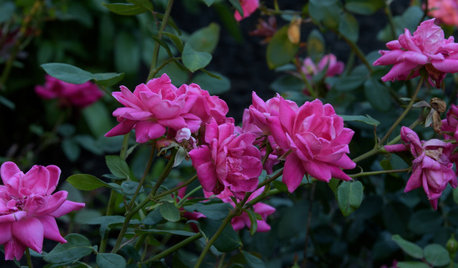
WINTER GARDENINGHow to Plant Bare-Root Roses
Late winter or early spring is a great time to put new roses into the ground
Full Story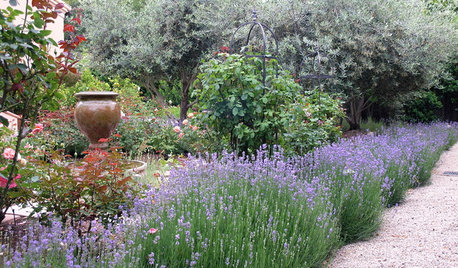
FLOWERSHerb Garden Essentials: Grow Your Own Fragrant Lavender
This do-it-all plant is ideal for almost any garden, and its uses are abundant around the home
Full Story
FRUIT TREESHow to Grow Your Own Juicy Plums
Easier than other stone fruits and with a variety of colors to choose from, plums are a versatile garden addition
Full Story
SPRING GARDENINGHow to Grow a Rose Garden in Pots
Everything can come up roses, even without a plot of soil in sight. This step-by-step guide to growing roses in containers shows you how
Full Story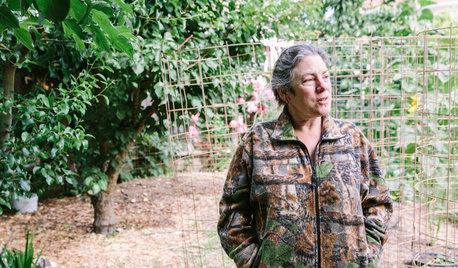
FARM YOUR YARDTo Get the Food They Believe In, These Urbanites Grow Their Own
Home gardeners farming on their city lots find that local, organic food isn’t the only reward
Full Story



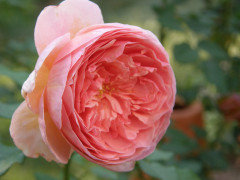
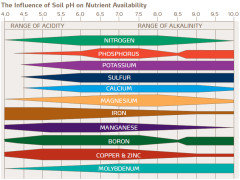





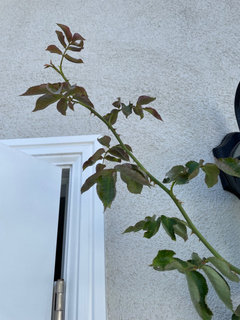
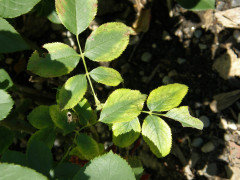


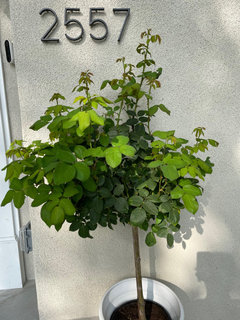
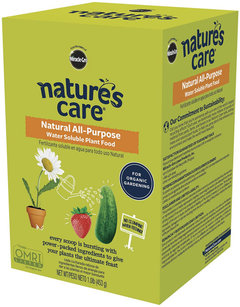
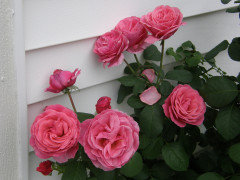

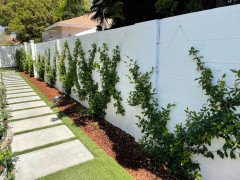


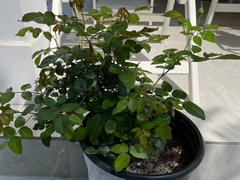





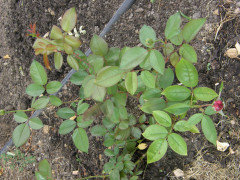


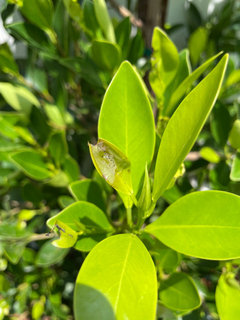

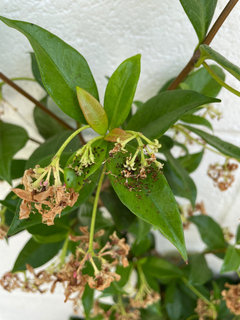
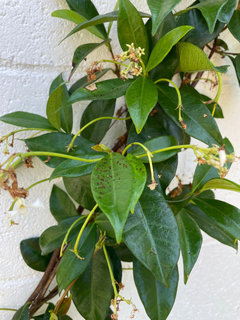



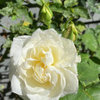
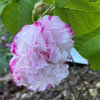
strawchicago z5Original Author